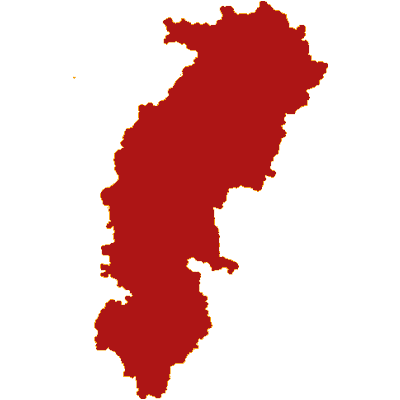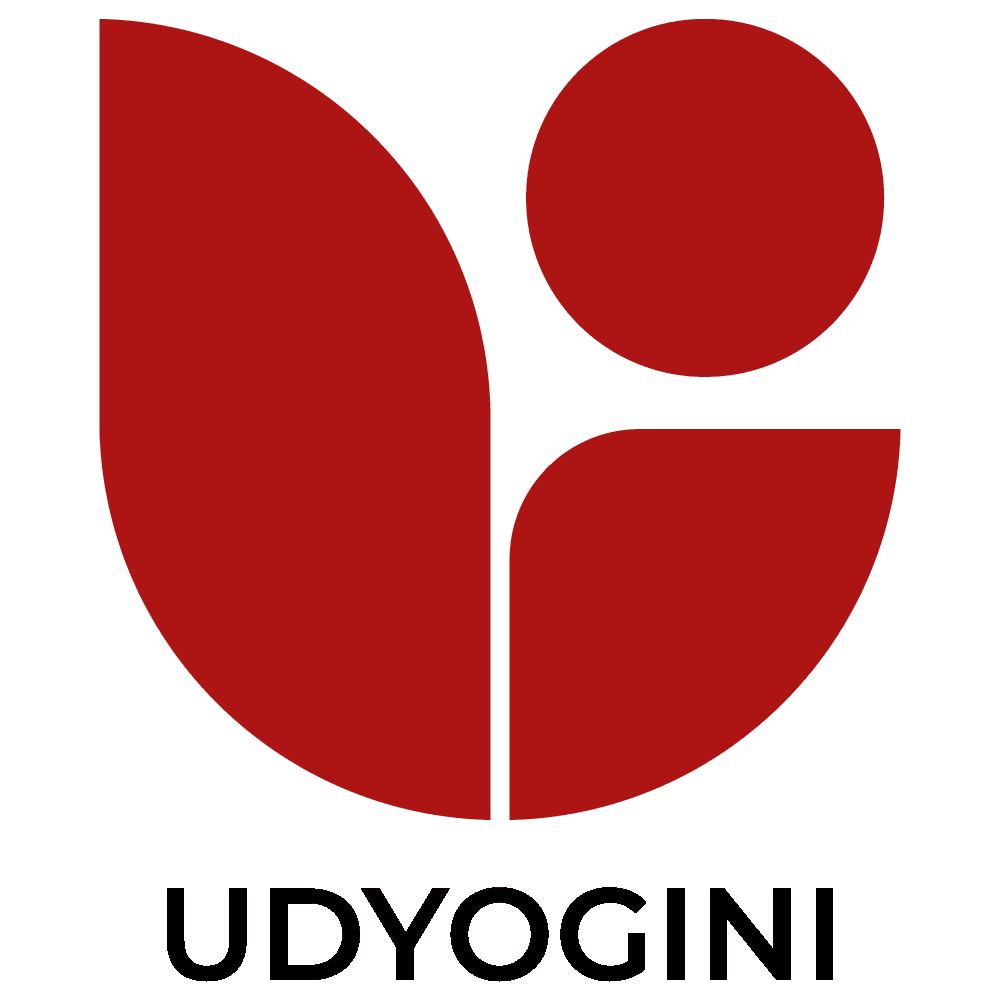
Chhattisgarh Known as the ‘Dhan ka Katora’ (meaning Bowl of Rice) of Central India,’ Chhattisgarh came into existence on November 1, 2000. It was earlier part of Madhya Pradesh and is located in central India. Raipur is the capital of Chhattisgarh. Chhattisgarh is bordered by Bihar, Jharkhand, and Uttar Pradesh in the north; Andhra Pradesh in the south; Odisha in the east; and Madhya Pradesh in the west. Over 70% of Chhattisgarh’s population resides in rural areas. Most of the villages consist of tribal communities that are dependent on Non-Timber Forest Produce and Agriculture for their income.
About 80% of the total population of Chhattisgarh depends on agriculture. Wheat, paddy, maize, and groundnut are the major crops produced in the region. Chhattisgarh has 32 districts along with 32 primitive tribal groups, and women in the state are not involved in any alternate livelihood activities. They are outspoken yet succumb to male dominance in the family.
Before initiation of the project in different districts of Chhattisgarh, Udyogini conducted feasibility study in village’s and have found that most of the villages consist of tribal communities who are dependent on Non-Timber Forest Produce and Agriculture for their income.
Looking into the scenario, Udyogini intervention was started in the year 2017 in Chhattisgarh with the special objective of value chain development especially on Lac cultivation. Lac was chosen as the hub for the intervention fulfilling the supply gap and growing demand for this product.
Looking to the scope of work in the state, the intervention was started from 01 district i.e Kanker and later on it was expanded up to 03 districts in the state like Korba, Rajnandgaon and Balrampur. Our interventions mainly involve identifying aspiring members of the community, bringing them together to form Women Enterprise Groups (WEG) and help them set-up an enterprise for income generation.
The major enterprises where women are involved and working mostly upon on goat farming, Pisciculture, Wadi, Back yard poultry, Mushroom Cultivation and Spawn making, Lac cultivation, VLRAC, medicinal plants, promotion of NTFP products like Custard apple, tamarind, Mahua, etc. Through this income of the women has been increased and they are able to manage their daily source of livelihood. Looking into the potential of the products in different districts, Udyogini started working on different aspects like:
- Value Chain Intervention:
Value chain development has immense potential to empower poor women to alleviate poverty in rural regions of India. Value chain analysis is reasonably flexible as it could be analysed from the point of view of any one of a large number of participants (actor and enabler) in the chain. The main objective of the value chain is to mapping the value chain tool provide an overview of the different aspects of the value chain that can be mapped and offers an indicative process that can be followed.
Developing initial value chain maps and tables provide a systematic basis for taking up complete value chain analysis. The mapping exercise helps practitioners to determine which value chain actors should be interviewed, what information to be gathered, what information gaps exist, and what are the geographic locations for field work. Udyogini has directly impacted value chains such as non-Timber Forest produce like Lac, tamarind, custard apple, Customised livestock business services (backyard poultry, goat rearing), and Agri and allied business services that show potential for scale in difficult market conditions in remote villages that are affected by poverty, conflict or climate challenges and broken enterprise ecosystems. We link women farmers from production to markets through an end-to-end value chain approach to increase their source of income, lessen their dependence, and give them access to economies of scale and scope as they pursue entrepreneurship. - Livelihood Development:
Udyogini has been working for women to increase in livelihood options from farm and non-farm-based options and currently engaged in designing, implementing, evaluating and transforming its business model to identify, establish and scale up forest (Lac, Tamarind, Mahua), livestock (poultry, goat rearing) and farm-based products to enhance the income of about + tribal women producers in Chhattisgarh. - Skill development:
Udyogini believes that improved efficacy and contribution to overall productivity of young women age group can achieved through skill building because this age group has unmet aspirations and tremendous potential to contribute to the growth and development of the state. Udyogini providing training around 6500 women members on different enterprise to improve their efficiency and skills on product development as they will be able to sell their commodities to the end consumer on the basis of skills offerings reflecting market assessments. - Climate Change:
Udyogini is promoting Semialata lac cultivation as the plant is most suitable quick growing lac host plant which may be introduced on plantation basis even in barren and degraded uplands and in waste lands also. Being a leguminous plant, it helps to fix nitrogen in the soil and improves fertility and productivity of soil in long run. It can also be incorporated with vegetable cultivation as intercropping. Different lac cultivation operations are easy as all activities can be carried out from ground level itself, so women folk may be involved actively.
Apart from providing livelihoods, the Semialata plantation has also been instrumental in carbon sequestration which has recently become crucial for addressing climate change. A study conducted by ICAR-IINRG on carbon sequestration by lac-producing trees found that Semialata, while being intercropped, also acts as a carbon sink functional at the household level.
Cultivation of lac not only provides livelihood to millions of lac growers but also helps in conserving vast stretches of forests, lac insects and associated biota as most of the lac hosts are in forest areas and farmers resist felling of these trees and protect them for lac cultivation. Thereby lac culture plays a vital role in the protection of our bio-resources. - Entrepreneurship:
The objectives of entrepreneurship development programmes are to increase the knowledge and skill of existing entrepreneurs and encourage others to become one where Udyogini is involved women in facilitating the development of agriculture, non-timber forest produce, artisan and service retail microenterprises in which they are not only the producers but also manage their enterprise and the entrepreneurs involved in a variety of value-added tasks which is very beneficial for them.
- We reached 6500 plus farmers, engaging them into various enterprise activities which is also improved their skill to setup their owned established enterprise in villages.
- On an average the women are able to raise their income from INR 10,000 from all agriculture produce to INR 30,000 – 40,000 per year from all the products (vegetable, lac, poultry, goat, Mushroom, etc.)
- There has been a significance improvement in production of lac with the adoption of scientific lac cultivation practices where the farmers was getting 2.5 – 3 kg production in earlier years to now 15- 20 kg production based on the size of the tree.
- Processing units are running like Custard apple, Spawn Unit etc. by the WEG group members in a self-sustainable mode in different districts of Chhattisgarh.


